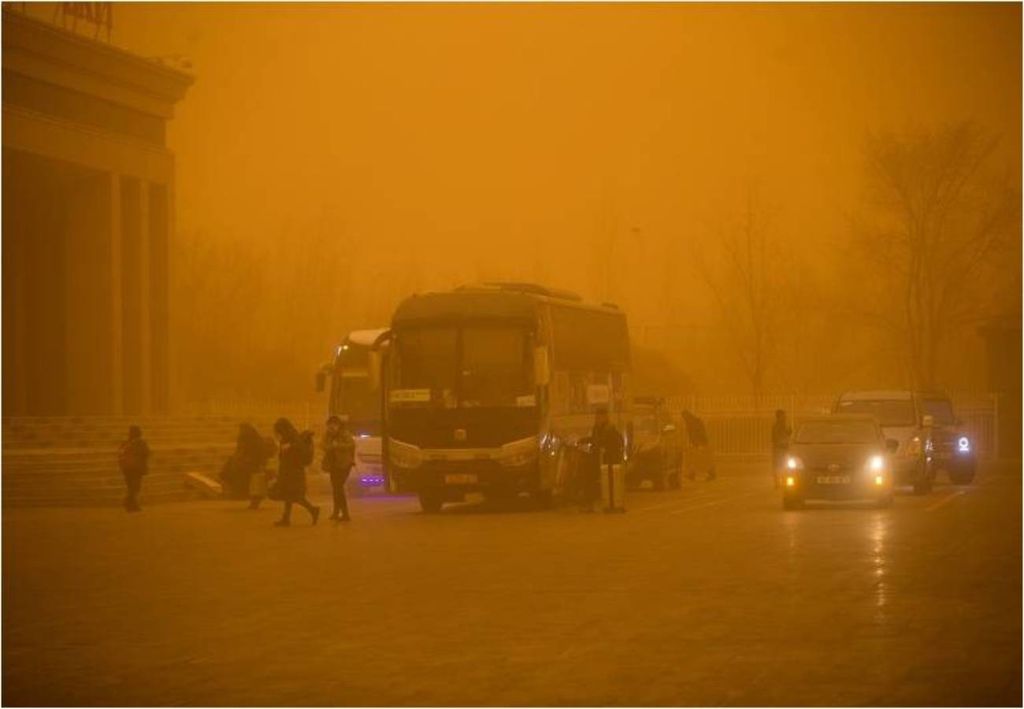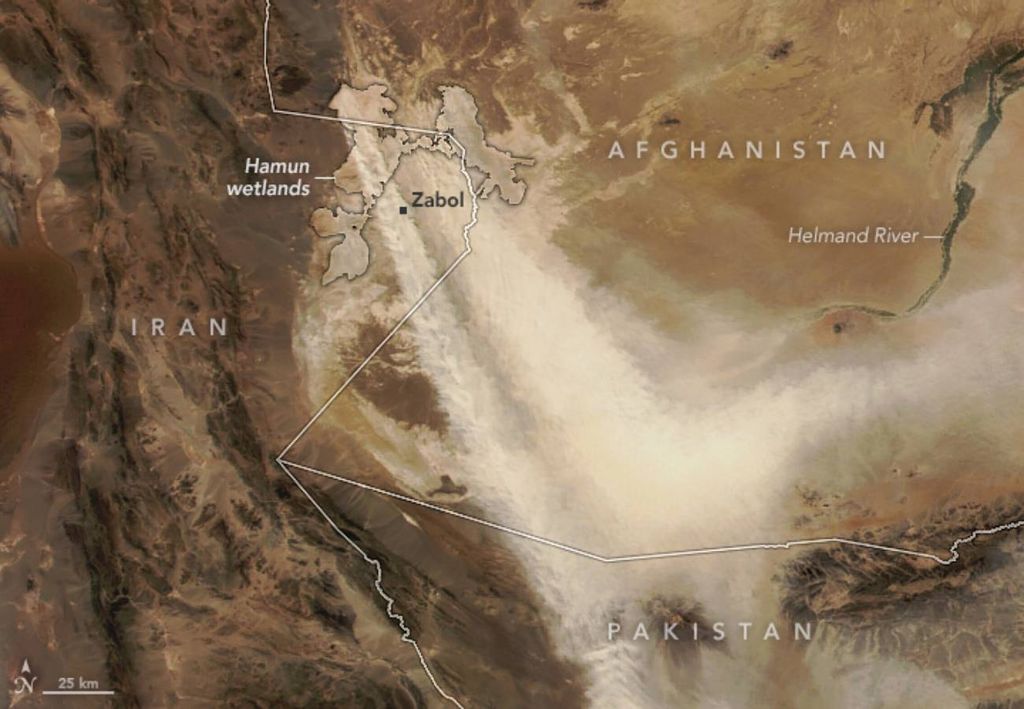Artificial Intelligence Will Help More Accurately Predict Deadly Dust Storms in Asia
The phenomenon hits East Asia during spring, and Chinese scientists are developing an artificial intelligence model to more accurately predict these deadly storms.

With the arrival of spring in the Northern Hemisphere, which includes the months of April to May, many countries in Asia face a recurring problem: severe sandstorms, which can even cause deaths. In the first quarter of 2021 alone, for example, dust storms caused losses of more than $4 million in northern China, including damage to homes and farms.
In March of this year, some areas of China, such as Inner Mongolia and Beijing, faced this problem, with the population being instructed not to leave home due to strong winds with dust reaching 100 kilometers per hour, which drastically reduced visibility.
A dust storm occurs when strong winds sweep dry areas, such as deserts, collecting dust particles from the soil and raising them into the air up to 1,500 meters high.
So, in view of these problems, Chinese scientists want to predict more accurately when and where dust storms will occur, since the current forecasting systems they use still make some mistakes, and for this they are counting on the help of Artificial Intelligence (AI)
AI system for predicting dust storms
Scientists are developing an AI system to more accurately predict dust storms, integrating satellite data, terrestrial observations and climate modeling simulations.
The research team of Chen Siyu, an atmospheric scientist at Lanzhou University in China, has developed an early warning system that uses AI to help predict these storms. "AI can learn how dust storms evolve in time and space from a large amount of data," he said.

The alert system was called 'Dust Watcher'. He can predict the weather and severity of an hourly dust storm, up to 12 hours in advance, in 13 Asian countries, including China, Pakistan and Tajikistan.
In a test done last year, this system made 13% fewer errors than the models used without AI. The team intends to turn it now into a mobile application for mobile phones, allowing the public to easily get predictions of sandstorms.
Consequences of lethal sandstorms in Asia
In addition to soil dust particles, storms also aspirate bacteria and toxic metal particles, which make them potentially harmful to the health of the population and the environment.

"Dust and wind can combine to create huge walls of dust that move quickly and travel long distances," explains Chen Siyu. In East Asia, dust storms often originate in the Gobi Desert and cross populated areas, such as the Beijing-Tianjin-Hebei urban center in China, the Korean Peninsula and Japan.
Globally, 334 million people are affected by sand and dust storms, with the Sahara Desert in Africa being the largest source of dust. The Gobi Desert is one of the main sources of dust in Asia.
During sandstorms, mortality from cardiovascular diseases increases by 25% and from respiratory problems by 18%. Estimates show that the loss of water and nutrients in the soil, caused by these storms, could reduce crop yield by up to 24% in Mongolia.
News references:
Chen, S. et al. Mongolia contributed more than 42% of the dust concentrations in northern China in march and april 2023. Advances in Atmospheric Sciences, v. 40, 2023.
You, X. Lethal dust storms blanket Asia every spring — now AI could help predict them. Nature, 2024.








